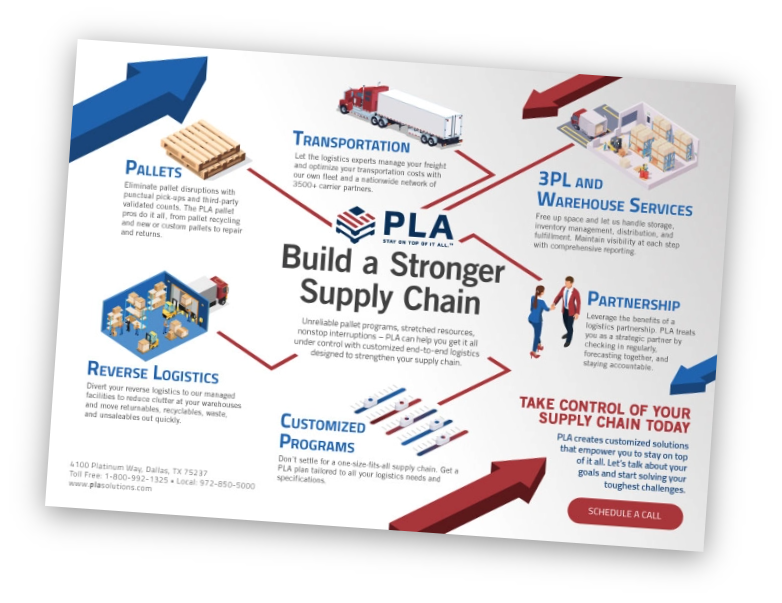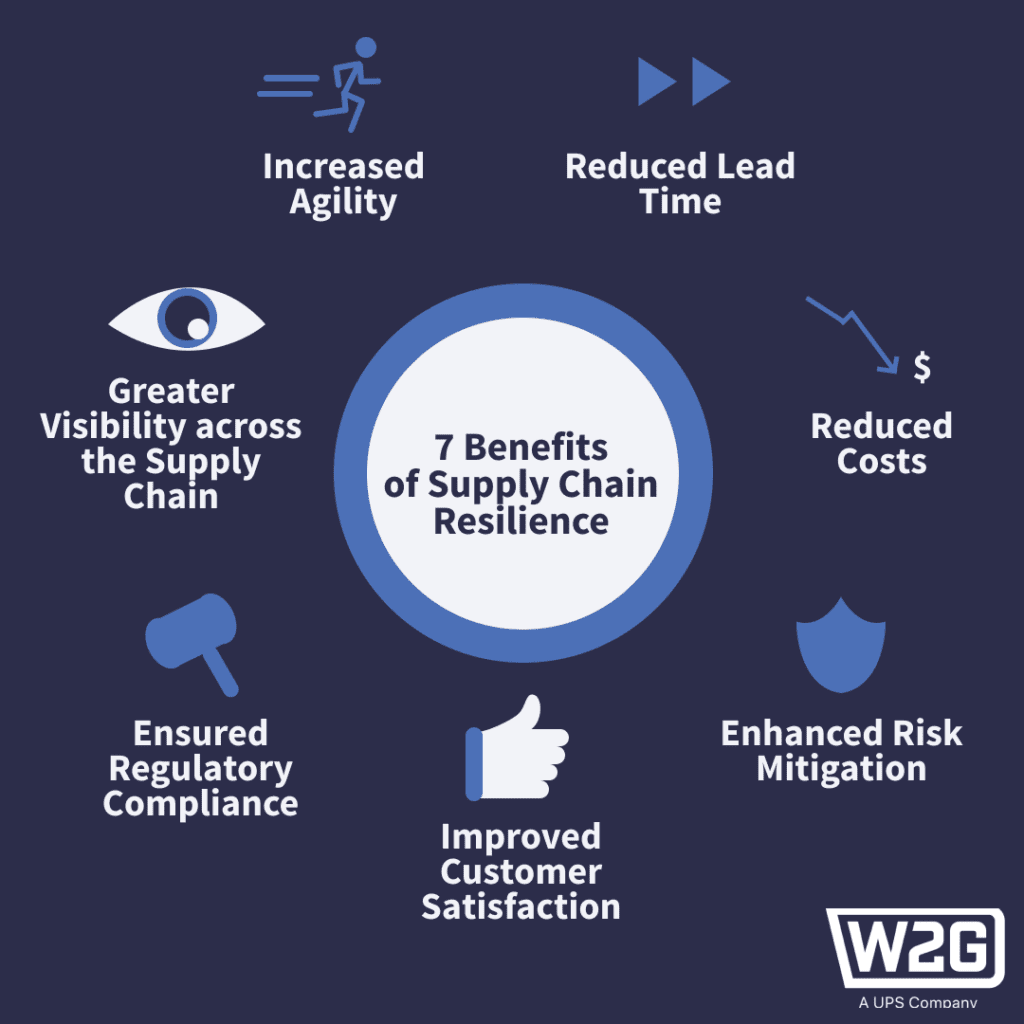In the labyrinth of global logistics, pallets are the unsung heroes. These unassuming platforms carry billions of dollars’ worth of goods annually, yet their strategic importance is often overlooked. From pharmaceuticals to automotive parts, the right pallet solution can mean the difference between seamless operations and costly disruptions. Here’s how to navigate the complex world of pallet providers and cutting-edge handling technologies like pallet inverters.
Why Your Pallet Provider Matters More Than You Think
Beyond Commodity: The Evolution of Pallets
Gone are the days when a pallet was just a wooden slab. Modern supply chains demand precision-engineered solutions:
- Regulatory Compliance: International shipments require ISPM 15-certified, heat-treated pallets to prevent cross-border ecological contamination.
- Automation Compatibility: Warehouses using robotic systems need pallets with standardized dimensions and durability.
- Industry-Specific Needs:
- Food & Pharma: Hygienic plastic pallets to avoid contamination.
- Chemicals: Corrosion-resistant materials for hazardous materials.

A top-tier provider doesn’t just sell pallets—they offer tailored ecosystems, including reverse logistics, repairs, and compliance guidance.
The 12-Point Checklist for Choosing a Pallet Partner
- Industry Expertise
Can they anticipate regulatory shifts or material shortages? For example, hardwood scarcity due to deforestation in sourcing regions. -
Product Range
Look for versatility:Pallet Type Best For Key Features Hardwood Heavy machinery, automotive High load capacity (2,500+ lbs) Recycled Cost-sensitive domestic shipping Eco-friendly, budget-friendly Plastic Sanitary-sensitive industries Easy cleaning, non-porous - Grading Transparency
Recycled pallets lack universal grading standards. Demand published specs like:- Moisture content (<20%)
- Maximum nail protrusions (≤3 mm)

- Scalability
A vendor promising “unlimited capacity” without owned facilities is a red flag. Verify:- On-Time Delivery Rate: ≥98% for Tier-1 suppliers.
- Fill Rate: ≥95% of orders fulfilled completely.
- Supply Chain Resilience
Do they have backup facilities in geographically dispersed regions? Post-COVID, 63% of logistics firms now prioritize multi-regional sourcing. - Data Security
With cyberattacks costing $4.45 million on average, ensure providers comply with ISO 27001 and have breach response protocols.Pallet Inverters: The Silent Revolution in Warehouse Efficiency
What Is a Pallet Inverter?

This machine rotates or transfers palletized loads up to 180 degrees, enabling:
- Damaged Pallet Swaps: Replace broken pallets without unloading goods.
- Product Rotation: Prevent caking in powdered goods or spoilage in perishables.
- Sanitary Transfers: Shift loads from wooden to plastic pallets in cleanrooms.
Choosing the Right Inverter: A Data-Driven Approach
Key Specifications Compared
Model Load Capacity Clamp Type Cycle Time Ideal Use Case Single Clamp 4,400 lbs Fixed 90 seconds Uniform loads (e.g., canned goods) Dual Clamp 4,400 lbs Adjustable 75 seconds Mixed-height loads (e.g., electronics) Ground Loading 2,500 lbs Manual 120 seconds Tight spaces without forklifts Safety & ROI Metrics
- Injury Reduction: Facilities using inverters report 40% fewer pallet-handling injuries.
- Labor Savings: Automated inversion cuts manual labor by 70% for high-volume operations (50+ pallets/hour).

Case Studies: Pallet Solutions in Action
Automotive Sector
A German car manufacturer reduced parts damage by 22% after switching to dual-clamp inverters, which handle irregularly shaped engine components.
Pharmaceutical Logistics
A Midwest U.S. distributor eliminated cross-contamination risks by using plastic pallets and inverters to sanitize loads between facilities.
The Future of Pallet Technology
- Smart Pallets: RFID-enabled tracking for real-time supply chain visibility.
- AI-Driven Predictive Maintenance: Sensors alerting teams to pallet wear before failures occur.
- Sustainability Push: Blockchain-certified recycled pallets to meet ESG goals.
In an era where supply chain agility defines competitiveness, your pallet strategy is a silent multiplier. Whether it’s selecting a provider with disaster recovery plans or investing in inverters that slash labor costs, the details hidden beneath those wooden slats could determine your next quarter’s profitability. The question isn’t whether you can afford to prioritize pallet solutions—it’s whether you can afford not to.

![8 Critical Factors When Choosing a Wire Coil Wrapping Machine [2025 Buyer’s Guide] 8 Critical Factors When Choosing a Wire Coil Wrapping Machine [2025 Buyer’s Guide]](https://i0.wp.com/www.fhopepack.com/blog/wp-content/uploads/2023/01/Master-coil-stretch-wrapper-zt.webp?w=1024&resize=1024,1024&ssl=1)


